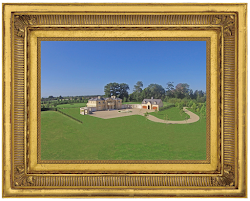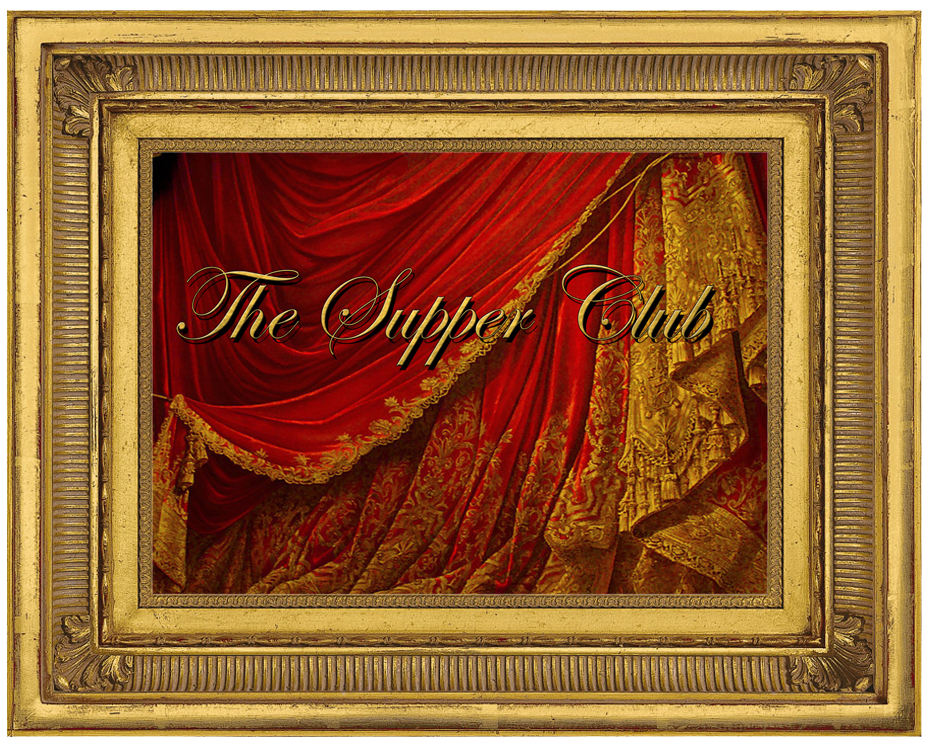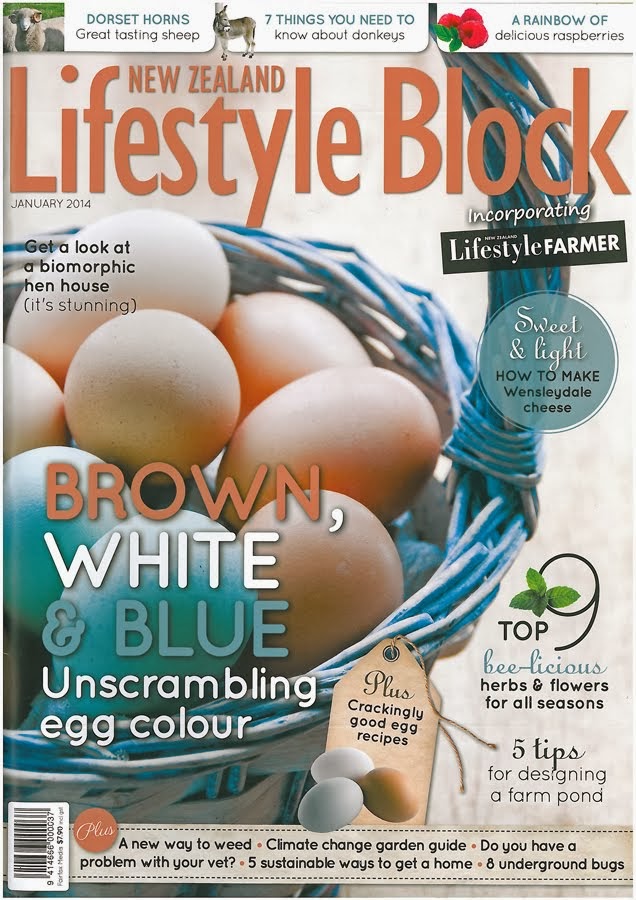

At the outbreak of WWII, Coward volunteered for war work, running the British propaganda office in Paris. He also worked with the Secret Service, seeking to use his influence to persuade the American public and government to help Britain.
Coward won an Academy Honorary Award in 1943 for his naval film drama, In Which We Serve, and was knighted in 1969. In the 1950s he achieved fresh success as a cabaret performer, performing his own songs, such as Mad Dogs and Englishmen, London Pride, Mrs Worthington, Nina, and I went to a Marvellous Party.
Above: The trailer for Brief Encounter
Below: The trailer for The Astonished Heart
His plays and songs achieved new popularity in the 1960s and 1970s, and his work and style continue to influence popular culture. Coward did not publicly acknowledge his homosexuality, but it was discussed candidly after his death by biographers including Graham Payn, his long-time partner, and in Coward's diaries and letters, (published posthumously). The former Albery Theatre (originally the New Theatre) in London was renamed the Noel Coward Theatre in his honour in 2006.
Whilst listening to his song "I've been to a Marvellous Party", I was intrigued by the line " Laura got blind on Dubonnet and Gin". I had never tried Dubonnet before. So we went on a trip to our obliging little merchant in the high street, obtained this quaint drop, and promptly mixed up the said tipple: and it was smashing! Far easier to drink than a martini, though it probably doesn't have the same connotations. It is probably more along the lines of a pink Gin, which has the reputation of being a lady's drink (much to the chagrin to many men who have a more refined palate).
Below: The lyrics to Coward's song (the lyrics don't scan well, but when you listen to the recordings you'll see how they fit).
I Went To A Marvellous Party
not everybody I suppose....
it's something to do with the sun and all that
but I wouldn't understand myself really and I'm not sure its even legal
You know quite for no reason I'm here for the season
and high as a kite
Living in error with Maud at Cap Ferrar which couldn't be right
Everyone's here and frightfully gay nobody cares what people say
Though the French Riviera seems really much queerer than Rome at its height
On Wednesday night I went to a marvellous party
With Nunu and Nada and Nell
It was in the fresh air and we went as we were
and we stayed as we were - which was hell
Poor Grace started singing at midnight
and she didn't stop singing til four
We knew the excitement was bound to begin
when Laura got blind on Dubonnet and Gin
And scratched her veneer with a Cartier pin
I couldn't have liked it more…
I've been to a marvellous party. We played a wonderful game.
Maureen disappeared and came back in a beard and we all had to guess at her name. Cecil arrived wearing armour, some shells and a black feather boa.
Poor Millicent wore a surrealist comb
made of bits of mosaic from St Peters in Rome
but the weight was so great that she had to go home -
well I couldn't have liked it more..
I've been to a marvellous party. I must say the fun was intense.
We all had to do what the people we knew
might be doing 100 years hence.
We talked about growing old gracefully
and Elsie who's 74 said a) it's a question of being sincere
and b) if you're supple you've got nothing to fear
then she swung upside down from a chandelier -
and I couldn't have liked it more..
It was the most fabulous excitement, I've never seen such a carry on
obviously it couldn't happen anywhere else but on the Riviera it was most peculiar..
You know people's behaviour
away from Belgravia would make you aghast.
So much variety watching society scampering past…
You know if you had any mind at all, Gibbons divine 'Decline and Fall'
well it sounds pretty flimsy no more than a whimsy
by way of contrast on Wednesday last…
I went to a marvellous party we didn't sit down til ten.
Y'know young Bobby Carr did a stunt at the bar with a lot of extraordinary men.
And then Freda arrived with a turtle
which shattered us all to the core.
And then the Duchess passed out at a quarter to three
and suddenly Cyril cried 'fiddle-de-de'
and he ripped off his trousers and jumped in the sea -
I couldn't have liked it more..
I've been to a marvellous party - Elise made an entrance with May.
You'd never have guessed from her fisherman's vest
that her bust had been whittled away.
Poor Lulu got fried on chianti and talked about esprit de corps.
Louise made a couple of passes at Gus
and Freddy who hates any kind of a fuss
did half the big apple and twisted his truss
HA HA! ... I couldn't have liked it more!
Above: Beatrice Lillie's Period Version
Below: A modern version of I Went to a Marvellous Party
The song was written about the "bright young people", the sobriquet given to a group of young aristocrats and socialites in late 1920s London. They threw elaborate fancy dress parties, went on elaborate treasure hunts through night-time London, drank heavily and experimented with drugs -- all of which was enthusiastically covered by the press.
They inspired a number of writers, including Nancy Mitford ("Highland Fling"), Anthony Powell ("A Dance to the Music of Time"), Henry Green ("Party Going") and the poet John Betjeman ("A Subaltern's Love Song"), and Evelyn Waugh ("Vile Bodies"). Cecil Beaton began his career in photography by documenting this set, of which he was a member.







Anyway, back to that Dubonnet...
Dubonnet was first sold in 1846 by Joseph Dubonnet, in response to a competition run by the French authorities to find a way of persuading French Foreign Legionnaires in North Africa to drink quinine.

The late Queen Elizabeth The Queen Mother, was partial to her Dubonnet and Gin. Her recipe was 1 part gin, 2 parts Dubonnet with a slice of lemon under the ice. She even instructed her loyal steward to bring it on certain outings. Below is a hand written note from The Queen Mother to her steward...


The Queen is also partial to Dubonnet and Gin, having it as her regular pre-lunch tipple. She also carries a flask of it where ever she goes (well, someone else carries it for her). I'm not sure whether the tradition stems from the fact that the Monarch had to be protected at all times from poisoning, or whether she just really likes the uplifting mixture.

Some more Noel Coward classics...
Nina
If love were all
Mrs Worthington
Mad about the boy
Mad Dogs and Englishmen
































.jpg)
















.jpg)















































